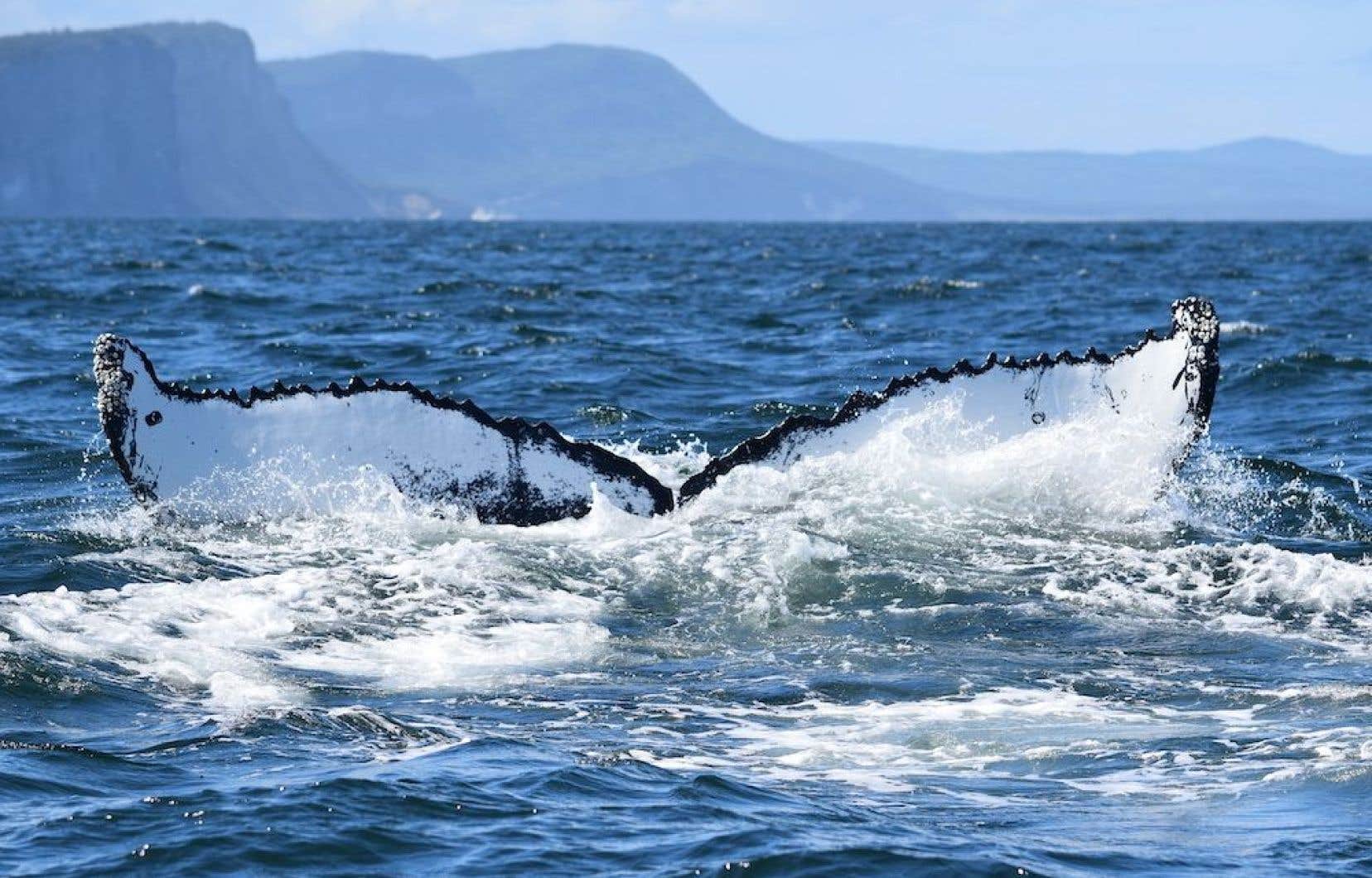This text is taken from the Courrier de la Planète. Click here to subscribe.
Québec will have a lot to do to achieve its marine environment protection objectives by the end of the decade. But to achieve this, it could rely on a “road map” which already identifies areas to be preserved in order to protect representative elements of the biodiversity of the Estuary and Gulf of St. Lawrence.
By including sectors listed as “territorial reserve for the purposes of protected areas”, the Government of Quebec estimates that it currently protects approximately 10% of the Quebec portion of the St. Lawrence, i.e. a little over 16,000 km2.
But he also undertook to substantially improve the protection rate, to reach 30% by the end of the decade. This target was also included in the agreement signed in December as part of the UN conference on biodiversity (COP15).
To respect this commitment, it will be necessary to add approximately 30,500 km2 of protected territories, the equivalent of nearly 25 times the area of the Saguenay–St. Lawrence Marine Park. But in light of the delays that have marked the achievement of the 10% target, this task promises to be complex to say the least, according to the director of biocultural conservation of the Society for Nature and Parks of Quebec (SNAP Quebec ), Véronique Bussières.
The organization has therefore produced a “roadmap” which identifies seven important areas to protect and which could even make it possible to increase the protection rate to 46%. “We therefore have enough leeway by selecting proposed areas of importance, and others that could be proposed by local and regional actors, to reach the new protection target of 30% for 2030”, underlines Ms. Bussières. .
Priority areas
The areas surveyed by SNAP Québec, based in particular on the work of federal scientists, include the habitats of species at risk, but also landscapes and nearby marine environments frequented by local residents and ancestral Aboriginal territories. The sectors also take into account the possibility of preserving ecosystems that capture “blue carbon”, for example seagrasses, which contributes to the fight against the climate crisis.
More specifically, CPAWS Quebec suggests increasing the protection of the St. Lawrence estuary, which is a summer habitat for several species of cetaceans, including the highly threatened blue whale, fin whale, humpback whale and beluga. of the St. Lawrence. “Its protection has been considered a high priority by Fisheries and Oceans Canada since 2009”, specifies the document of the organization.
Added to this is the sector located northwest of Anticosti Island, where there are concentrations of sponges and sea pens, but also “an area of importance for the reproduction of fish”. Biologists are also advocating for the protection of the waters off the Gaspé Peninsula, which is an increasingly important area for the right whale, a species on the verge of extinction.
The idea of creating an entire protection zone around the Îles de la Madeleine is also a priority, like what the federal government wants. This project is the subject of a “feasibility study” led by Quebec and Ottawa, which covers an area of 17,000 km2. The goal would be to complete the project by 2025.
Welcome to Quebec
Other lesser-known sectors are also targeted for their importance for the protection of biodiversity. This is the case of the “Laurentian Channel”, which is a major habitat for several species of fish, but also of the Strait of Belle Isle, which runs along the Lower North Shore. “No part of this sector is currently represented in the network of marine protected and conserved areas of Quebec,” points out CPAWS Quebec.
The office of the Minister of the Environment, Benoit Charette, welcomes the proposals included in the organization’s “roadmap”. “Several sectors identified are already targeted by various protective measures, research and documentation work is underway on certain other sectors, such as the surroundings of the Magdalen Islands”, we specify in a written response to the Duty.
“The few sectors identified by the SNAP that are not in the ministry’s boxes will be evaluated in order to highlight the potential improvements to be made to the ministry’s strategy, all in order to achieve the target of 30% environmental protection. sailors for 2030”, also assures the minister’s office.
The St. Lawrence faces several threats to the health of its biodiversity, including the reduction in dissolved oxygen levels and ice cover, but also the warming of waters and the increase in commercial maritime traffic.
